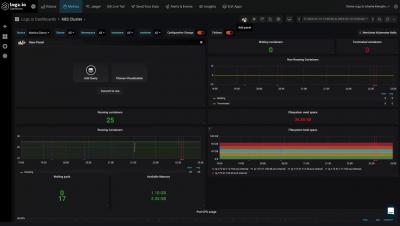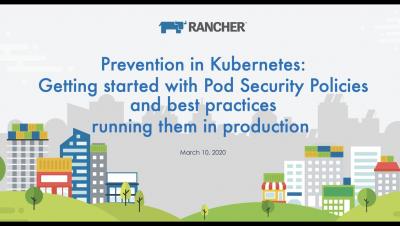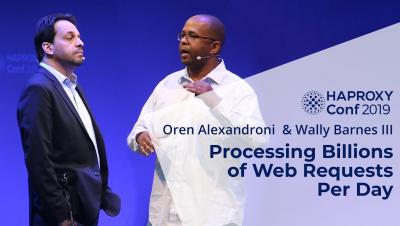Infrastructure Monitoring Logz.io
Quickly identify, investigate, and resolve production issues in distributed environments with Logz.io’s Grafana-based metrics solution, Infrastructure Monitoring. See how easy it is to speed up root cause analysis by correlating between metrics and logs in just a few clicks.











